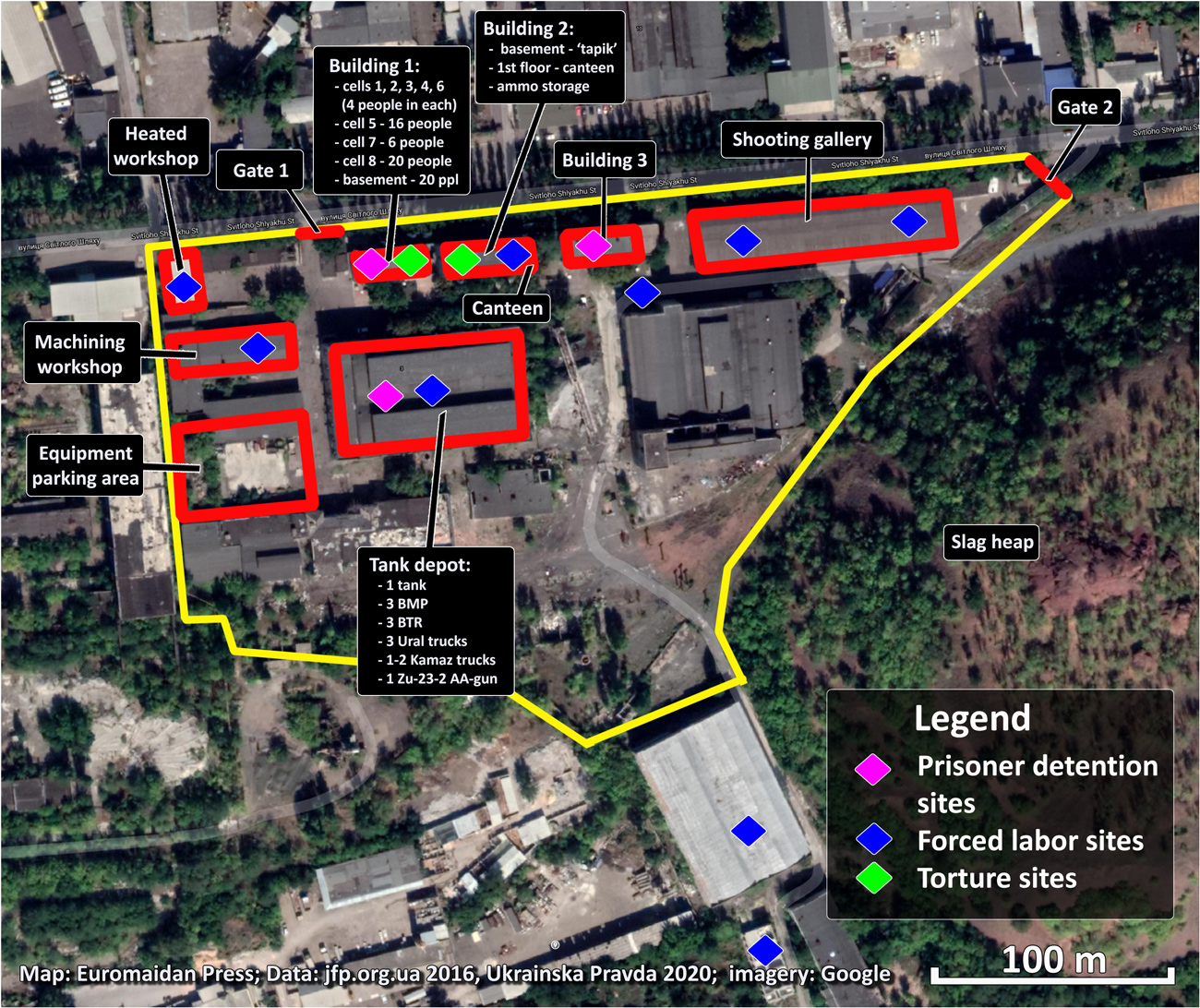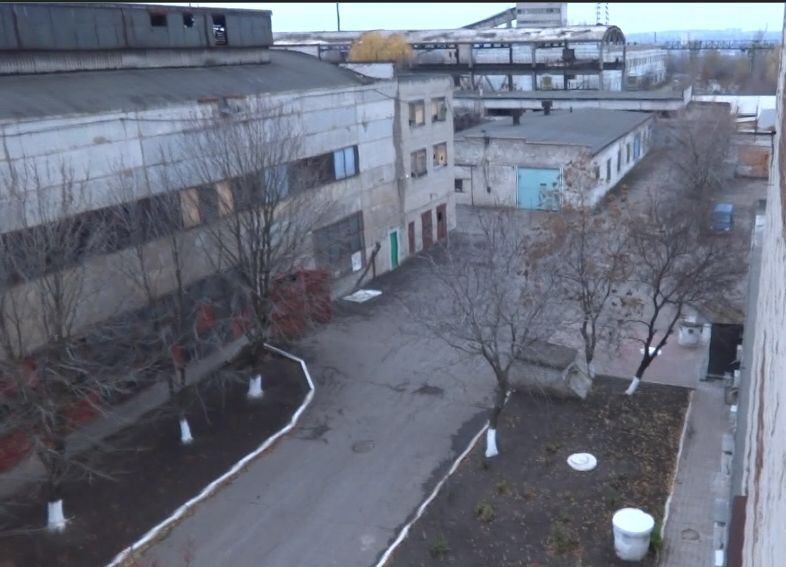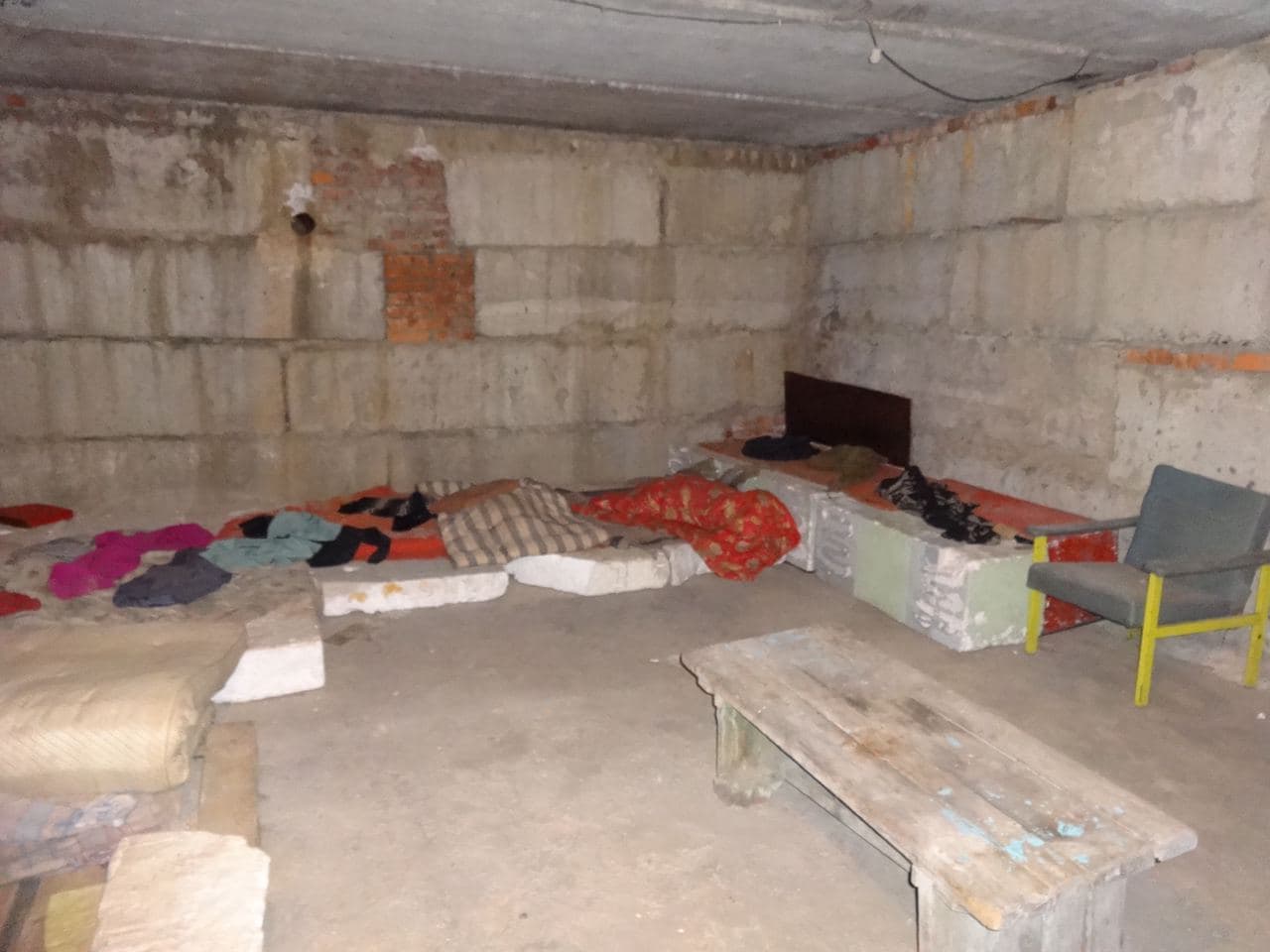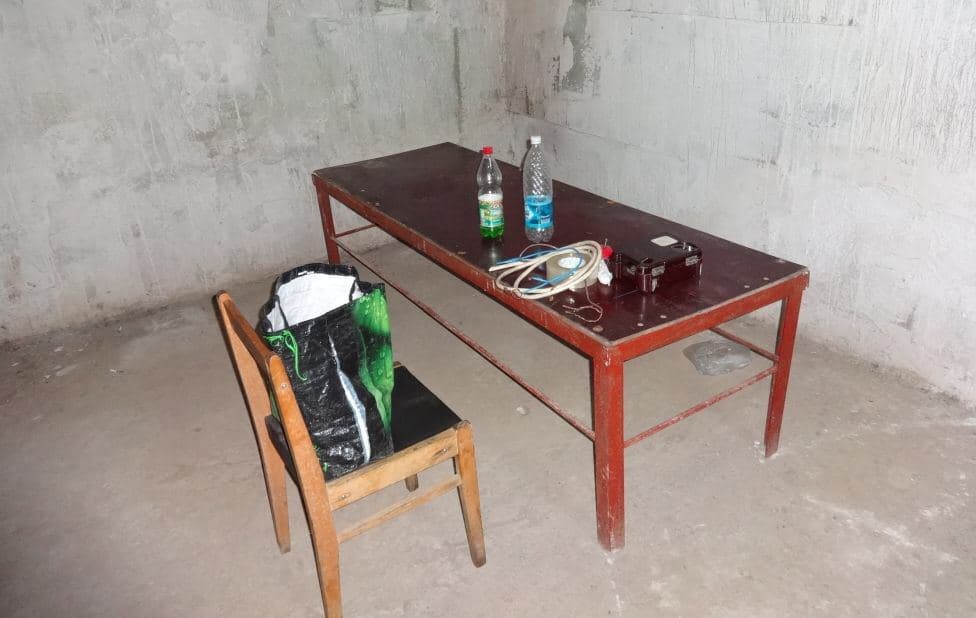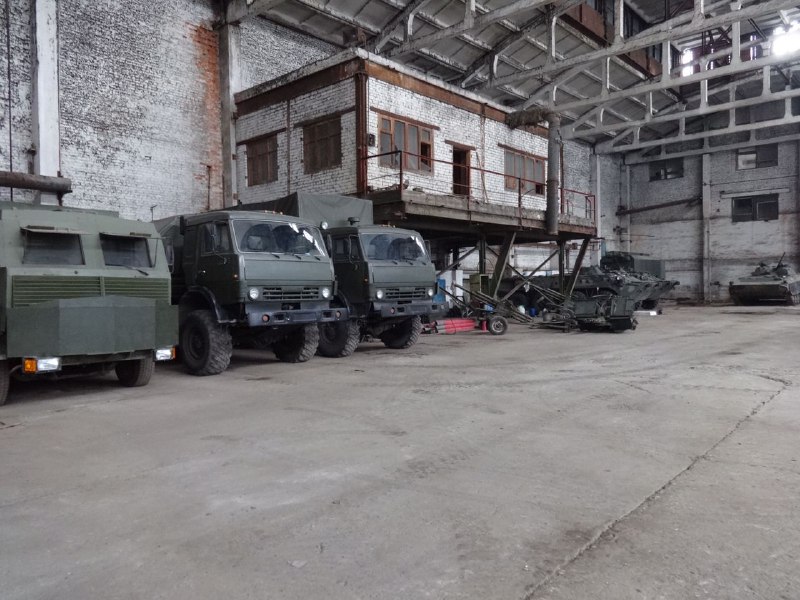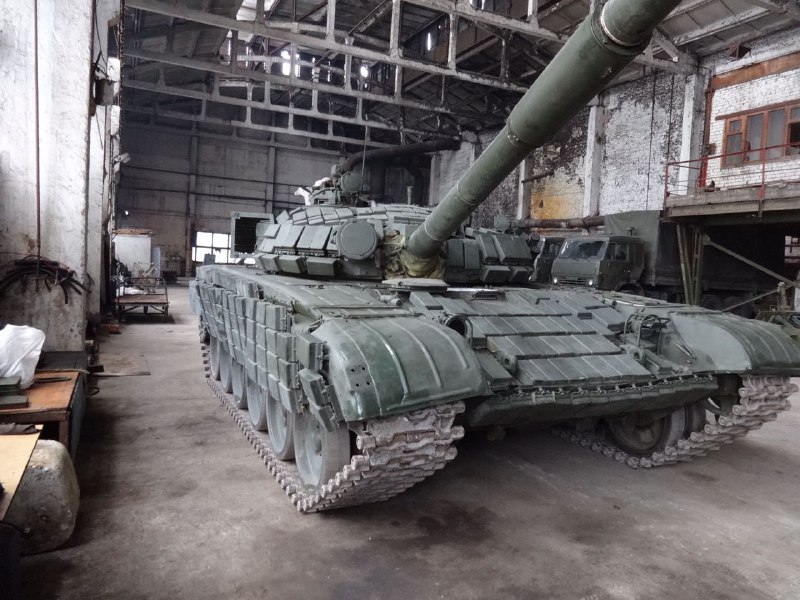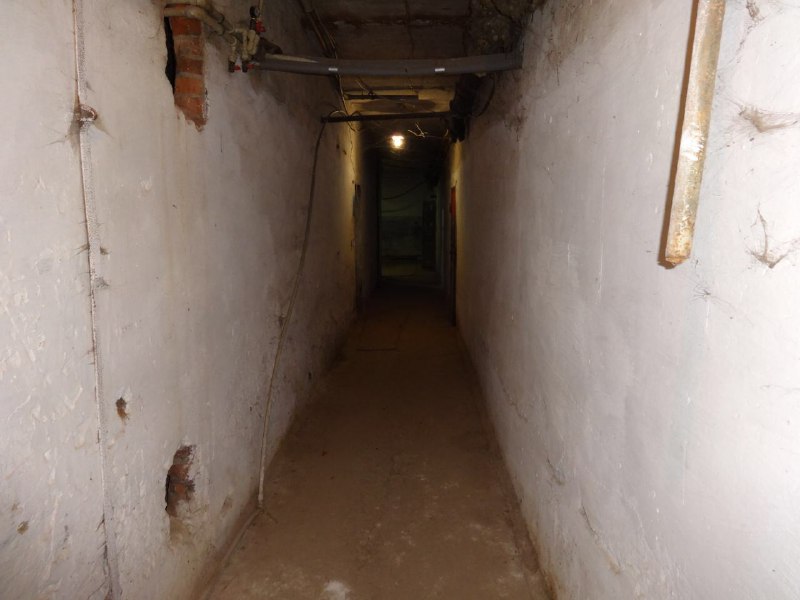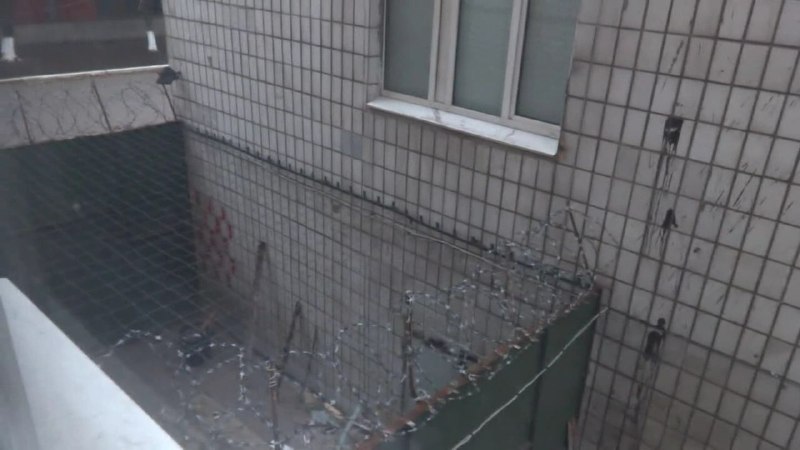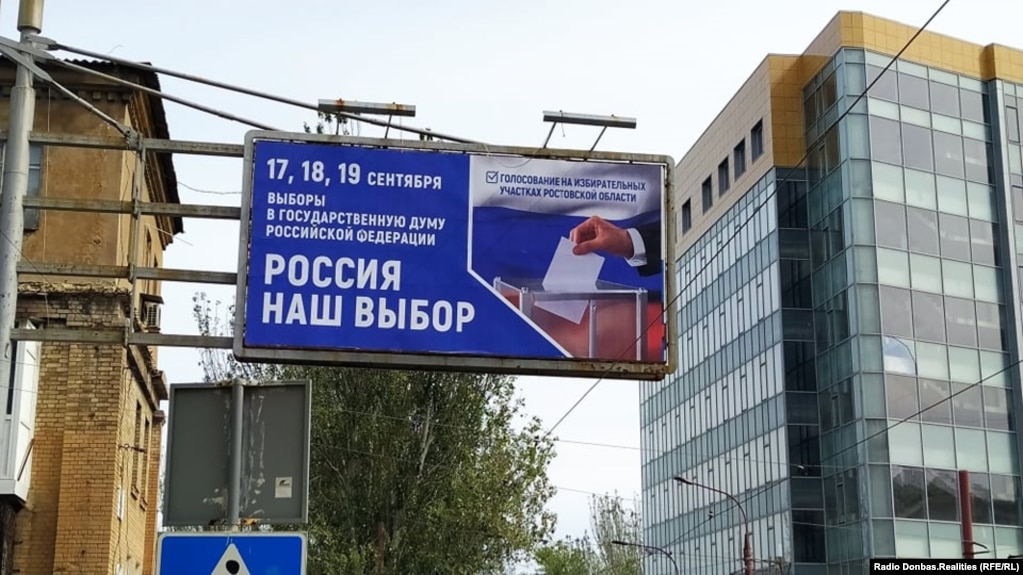Three warders involved in torturing prisoners at Izolyatsia, the illegal makeshift prison in occupied Donetsk termed a "concentration camp" by its victims, have been identified as Russian citizens. They received their passports in 2019 as part of Russia's campaign to hand out Russian passports in its puppet "republics" in eastern Ukraine.
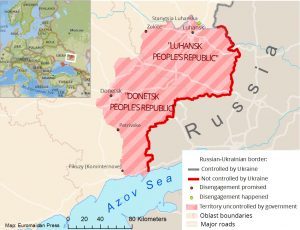 Prior to the war, Izolyatsia was an art center built on the premises of the derelict factory of insulation materials not far from the center of Donetsk. In June 2014, Russian-hybrid forces seized the art center to transform it into a makeshift illegal prison. Former detainees now call the location a torture chamber or even a concentration camp. Prisoners may be held in Izolyatsia for years without trial and torture is a common occurrence there, according to former prisoners.
Stanislav Aseyev who had spent 28 months behind bars in Izolyatsia says,
Prior to the war, Izolyatsia was an art center built on the premises of the derelict factory of insulation materials not far from the center of Donetsk. In June 2014, Russian-hybrid forces seized the art center to transform it into a makeshift illegal prison. Former detainees now call the location a torture chamber or even a concentration camp. Prisoners may be held in Izolyatsia for years without trial and torture is a common occurrence there, according to former prisoners.
Stanislav Aseyev who had spent 28 months behind bars in Izolyatsia says,
"All the three were involved in cruel torture, beatings, the humiliation of human dignity. However, now, having the data of their Russian passports, it is possible to officially present claims to the Russian Federation for violation of the laws and customs of warfare, which, I hope, will be initiated in the near future both at the TCG meetings (the Trilateral Contact Group of Ukraine, Russia, OSCE that negotiates issues of the settlement in the east of Ukraine, - Ed.) and by our Foreign Ministry," Stanislav Aseyev wrote on his Facebook page.

Insulation Materials Plant was built in Donetsk (then Stalino) back in 1955. Source.
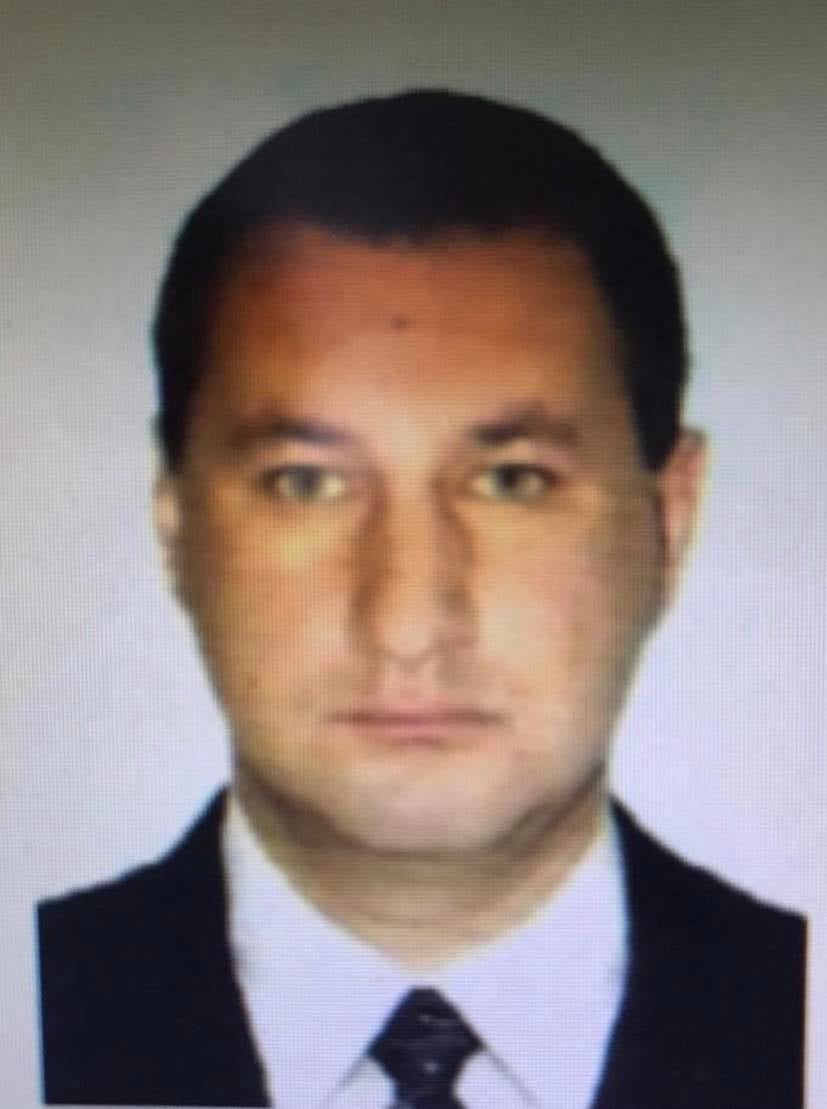
“Palych” or Denis Kulikovsky, former long-time chief of the Izolyatsia prison. Source.

General view of former Donetsk art center Izolyatsia (“isolation” or “insolation”) situated on the premises of an old industrial area that was turned into a prison by Russian occupation forces back in 2014. Source: Telegram channel @traktorist_dn.
“...I was taken, as I realized later, to the former factory of insulation materials. There, in the office building, there is a “private prison” with a torture ward in the basement; there is another ward with three plank beds placed one above the other and no toilet. On the walls there are surveillance cameras, besides, acoustic surveillance is present as well. On the ground floor of the building, there are 11 wards for the detainees. There is a special ward where straw men are placed to get the information... During the interrogations, they used an electric shocker, battered me, humiliated, attempted to rape me, exerted moral and psychological pressure, threatened to torture my relatives."
- Read how other former prisoners described their captivity at Isolation: Donetsk art center turned into concentration camp: former hostages share their memories
"Izolyatsia's distinctive feature is that it isn't an official prison, but a concentration camp. It's not just a media nickname. It is the word that most accurately conveys what is happening there," Stanislav Aseyev said in an interview with Ukrainska Pravda.
Who the suspects are
All three were born in Donetsk Oblast and obtained Russian passports amid Russia's ongoing mass passportization campaign targeting the local Ukrainian population of the occupied areas of Luhansk and Donetsk oblasts. Their Russian passports were issued in 2019 in Rostov Oblast of Russia, adjacent to Ukraine's Donetsk Oblast.On the air of RFE/RL's Radio Donbas.Realii, Stanislav Aseev said that he used to see all three suspects in person while imprisoned in Izolyatsia. According to him, the Ukrainian Ministry of Internal Affairs was interviewing former prisoners for a year and did a "tremendous job" of identifying the entire personnel of the Izolyatsia administration. And Bellingcat helped in identifying those three as Russian nationals.
"All those [Izolyatsia administration members] were checked for having Russian citizenship, and only these three did have it," said Aseyev.
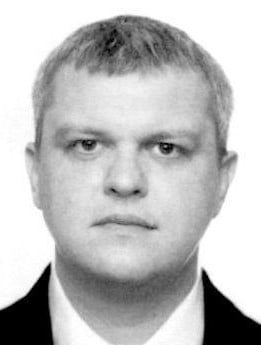
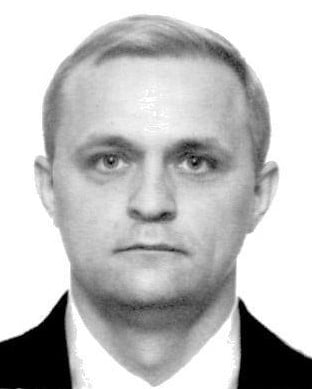
“These are very cruel people, involved in torture, the humiliation of human dignity (I do not even take into account beatings, although they are also involved in beatings) and, most likely, in rape," Aseyev said to Donbas Realii.Eremichev Ruslan Vladimirovich, callsign Ermak, born in Donetsk suburb Makiivka in 1979. Aseyev dubs Eremichev as "Izolation's main lover of young girls."

The report "War without Rules: Gender-Based Violence in the Context of the Armed Conflict in Eastern Ukraine" published by NGO Eastern-Ukrainian Centre for Civic Initiatives in 2017 mentioned one known case of "mutilation/injury caused by sexual violence" at Izolyatsia.“For 28 months I used to hear you beating women in adjacent cells, forcing people to sing songs while being tortured, and dragging people with electric burns into cells where they would have to"hold the Wailing Wall"% (i.e. keep standing, - Ed.). You all found it very funny. Now we are going to laugh,” Aseyev wrote in his Facebook post.
Who Aseyev is
As his hometown of Donetsk in the east of Ukraine fell to Russian-hybrid forces, Stanislav Aseyev remained in the city to support his mother and two grandmothers who had stayed in Donetsk. In 2015-2017 he wrote under the penname Stanislav Vasin about life under the Russian occupation for a number of media, including RFE/RL's Ukrainian Service, Ukrainska Pravda, Dzerkalo Tyzhnia, Ukrainian Week.
"After all, there is a full range of war crimes: torture, murder, rape, humiliation, involvement in serious forced physical labor, because the prisoners are building a training ground there, cutting metal [for scrap]," Aseyev said to Ukrainska Pravda in December 2020.As of May 2020, there still were more than 50 people held in Izolyatsia, according to Stanislav Aseyev.
On 1 March, the Prosecutor's Office of the Donetsk Oblast reported on serving charge papers in absentia on two guards of Izolyatsia and one member of DNR MGB. The Ukrainian law enforcers charge those three with human trafficking, participation in illegal paramilitary groups, violation of the laws and customs of war. However, the agency didn't name the suspects and it is unclear whether any of those disclosed by Stanislav Aseyev was among them.
Read more:
- Displaced art. The IZOLYATSIA art center, having fled occupied Donetsk, flourishes in Kyiv
- First public photos of Russian-run Donetsk concentration camp leaked online
- Donetsk art center turned into concentration camp: former hostages share their memories
- BBC: How the “DNR” special services & troll factory scare Russians with terror attacks
- Human rights NGO reports on 119 known hostages behind bars in occupied Donbas
- Torture and humiliation: freed Ukrainians talk about Donbas captivity
- “Russians taught how to torture.” Ex-captives of Donbas “republics” share horrors of basement prisons
- I survived the basement prisons of the “Luhansk People’s Republic.” Here is what I saw. Part 1
- I narrowly escaped death in dungeons of the “Luhansk People’s Republic.” This is what saved me. Part 2



